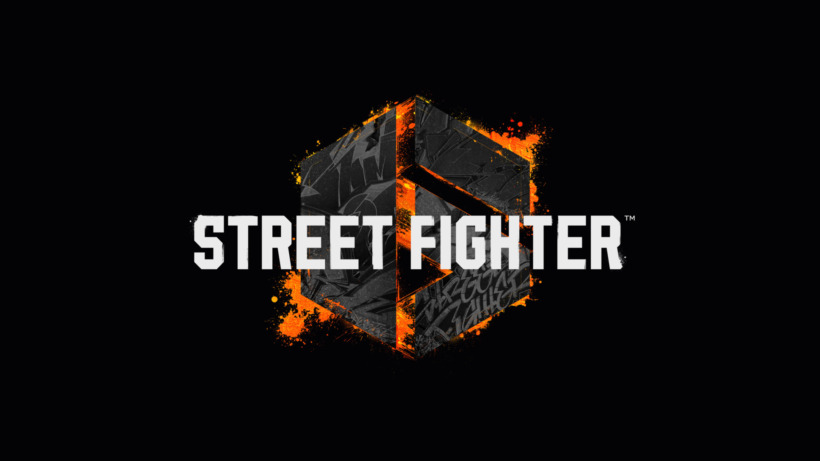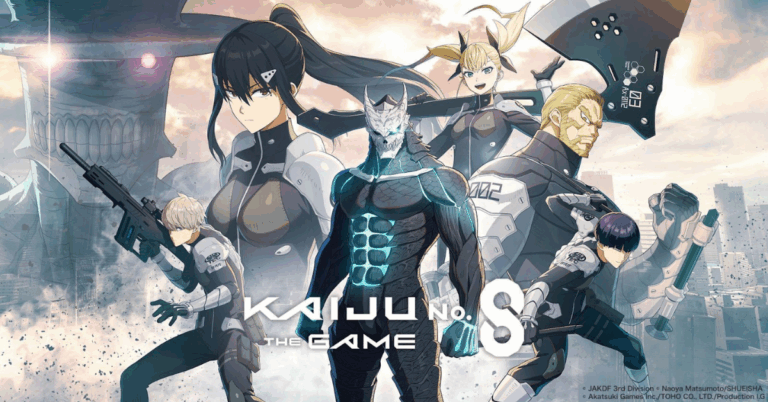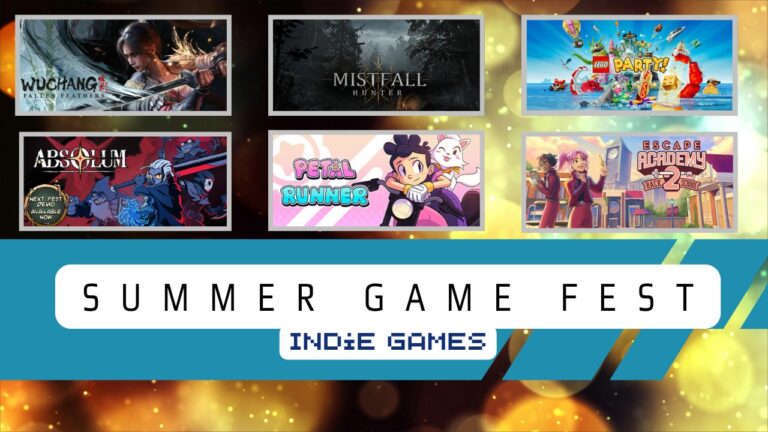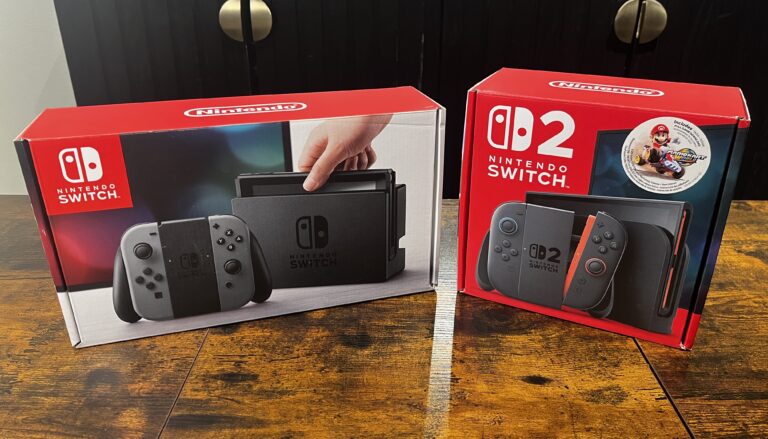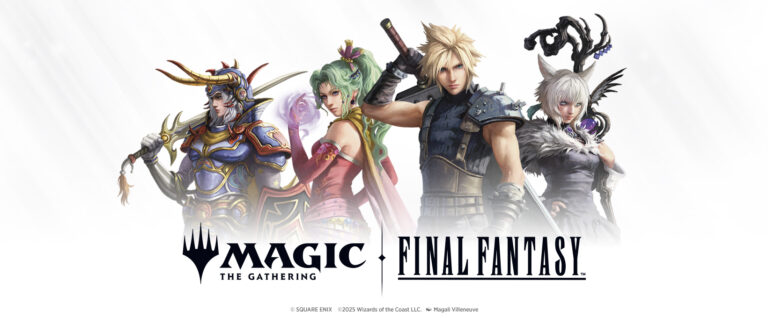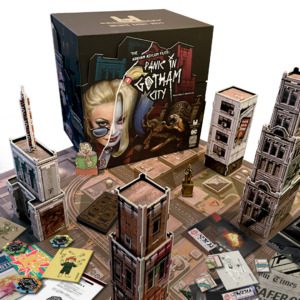Street Fighter 6 takes the classic fighting franchise formula to new heights despite some blatant need for a handful of quality of life improvements. Great visuals, updated fighting mechanics, and ranked and balanced competitive online play make this game a must-play for fighting game fans new and old, despite the dip in single-player quality. Read on for our Street Fighter 6 review!
This review is cowritten with help from the gracious Matthew Forchione.
Possible spoilers ahead.
Street Fighter 6 offers players three distinct modes of play: World Tour, the game’s main single-player campaign, is an open-world story mode where players create an avatar and learn from classic Street Fighter characters. Battle Hub, an online arena where players take control of their avatar and challenge other fighters around the world, communicate, enter tournaments, and purchase items from vendors. And finally Fighting Ground, where players will find Arcade Mode, local multiplayer, training, and ranked/ casual online queues. Each mode has their pros and cons, and our online access was somewhat limited; the Battle Hub was only open for a handful of days, and ranked and casual rooms were straight up not available, so we’ll be skipping that specific portion of Fighting Ground.
Fighting Ground
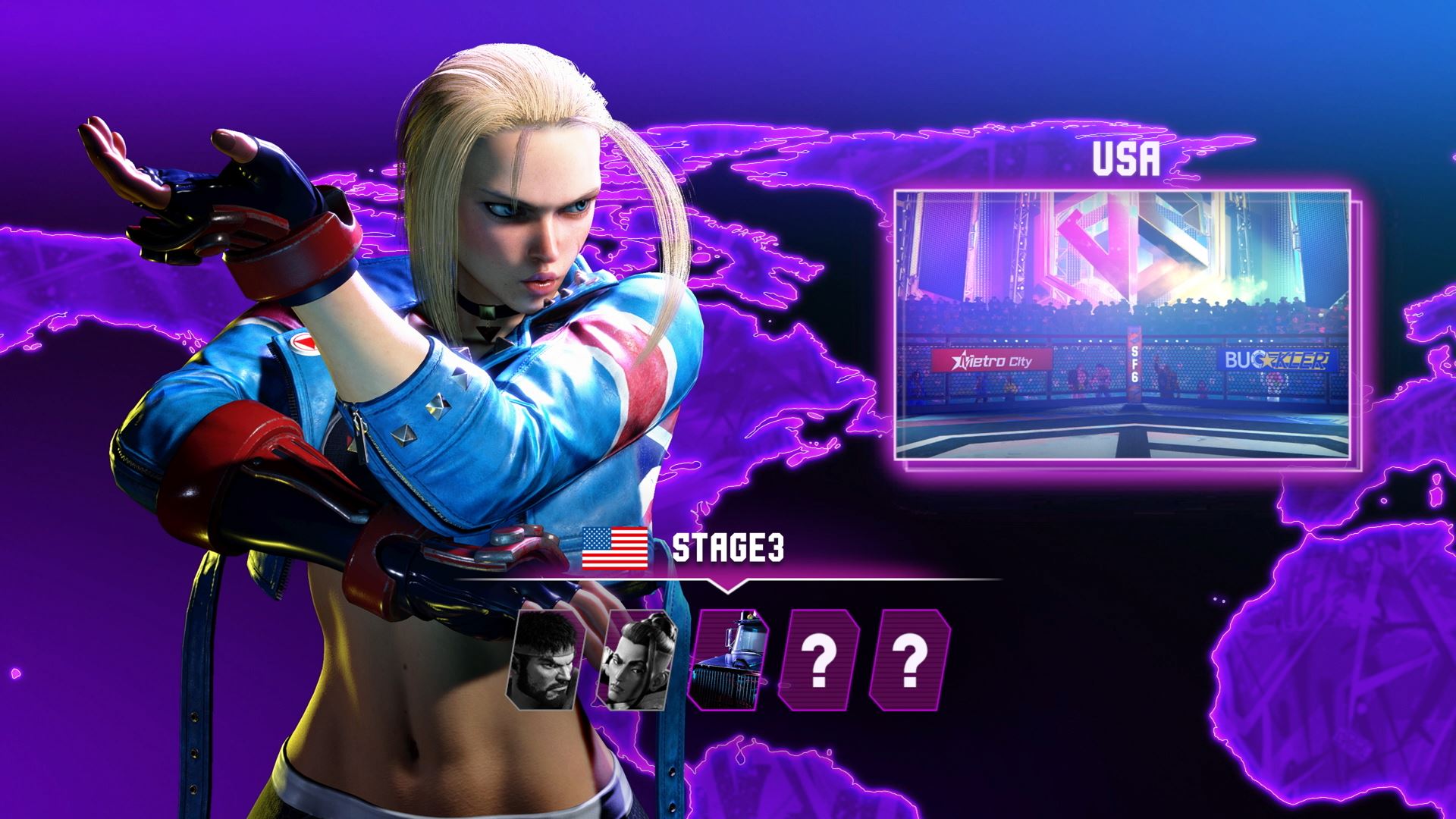
Within Street Fighter 6‘s Fighting Ground, you’ll find Arcade mode, Practice, Versus, Special Match, and Online. The game’s Arcade mode is what you’d expect from any fighting game; pick a character, fight through handful of challengers, face the boss, unlock their ending. Street Fighter 6 is no different, but Capcom has added a bit of spice to the mix; we’re now able to choose between a 5 or 12-stage story and turn off the bonus stages. Other than recording a high score to be uploaded globally, there is no real reason to pick 12 over 5; the story vignettes and endings remain the same for each character. The story itself is fairly lackluster or nonexistent for each character’s Arcade playthrough, but the voice acting and hand-drawn art style make it worth it to see what happens.
In Practice, you’ll find character-specific guides, tutorials, and combo trials. This sounds like a great place to learn a new character, but the mode is lacking. The tutorial when first booting up the game is helpful, but the more in-depth guides from the Practice menu make it hard to understand exactly how they want you to go about it. For example, after picking your character for a Combo Trial, the game walks you through an animation instead of being able to perform the action yourself without hitting the button to manually control the character, which is hard to find. Throughout this review, you’ll find a recurring theme in that the game’s user interface is frustrating and by far its worst aspect.
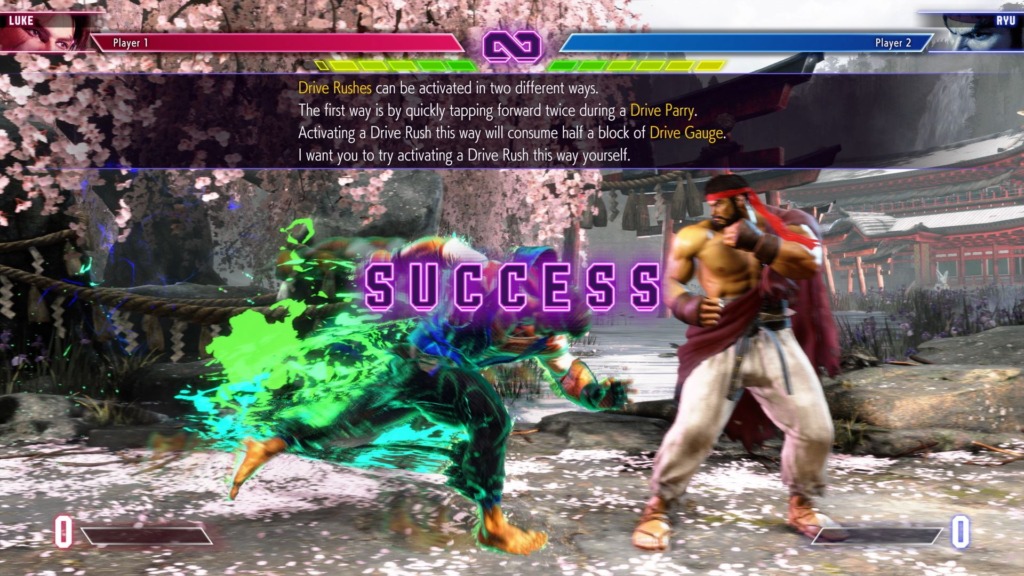
Finally, there’s Versus mode, the traditional local multiplayer/ couch co-op, and Special Match, where you take on challenges with specific parameters like fighting while dodging electrocution, similar to Mortal Kombat‘s Towers, that has online functionality. The Online option wasn’t available to reviewers, so it’s hard to judge pre-launch, but there are 3 options: Ranked, Casual, and Custom Room.
Battle Hub
Battle Hub is where more serious players will spend a majority of their time. In this online-only mode, you’ll walk around as the avatar you created for World Tour, and challenge other players by walking up to classic arcade cabinets. You can spectate matches to reserve your place in line to battle the winner, which is a really cool mechanic. Communication in Battle Hub is done through an in-game text chat similar to an MMO. However, despite our best attempts to navigate Street Fighter 6‘s ludicrous UI, neither of us (and every other reviewer we were able to ask) were able to find an integrated voice chat option. In this day and age, most people may not use the voice chat option anyway, instead opting for something like Discord, but not being able to seamlessly toggle voice chat on and off in game is a huge let down. Capcom has stated there will be a day-one patch on launch, so hopefully this is part of that.
Navigating the Battle Hub itself is a breeze; you’ll pick your region and enter a room full of other players near you. Finding battles is super easy, as you’ll either wait at an arcade cabinet for someone to walk up to the other side or spectate then challenge as previously mentioned. We both have great internet connections, but when choosing a region, they each had only two bars, surely a mistake; I saw no performance dips or lagging during my online time. To be fair, the servers weren’t as jammed as they’ll be on launch.
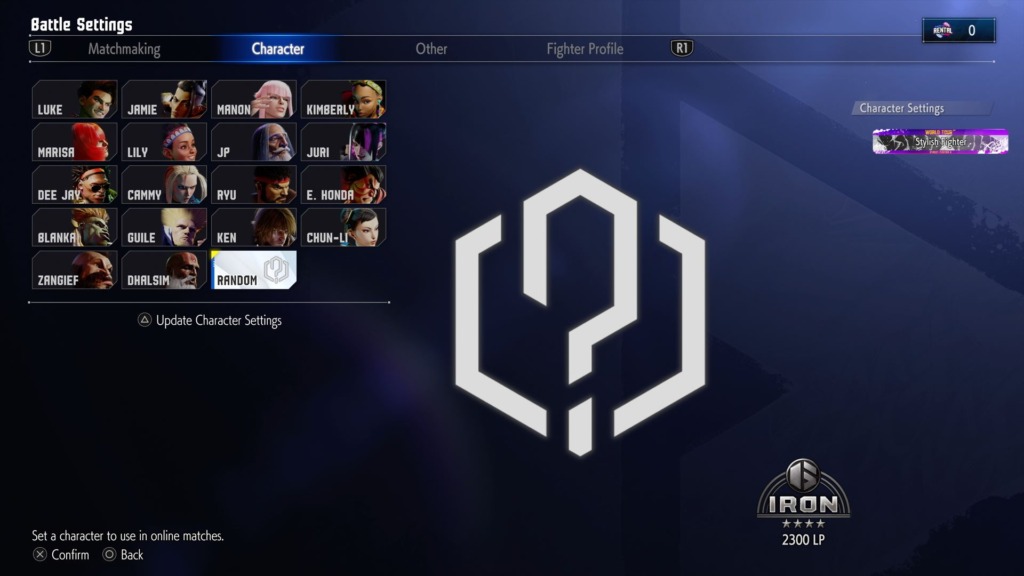
Another relatively annoying thing about Battle Hub that could very well be fixed with a day-one patch is changing fighters; You can’t quickly change who you play as in between rounds. Instead, you have to open the menu, navigate the cluttered UI, pick the character, then exit. It would have been nice to have the option to switch fighters more streamlined and accessible in the online environment.
Matthew is significantly more experienced than I am in competitive Street Fighter and its nuances, and had quite the experience with our early access. For one, the game’s newly offered control schemes aren’t entirely new player friendly. For veteran Street Fighter players, the Classic controls will offer the depth that they’re accustomed to. The Modern controls, however, are a different beast. It borrows a bit from older Street Fighter titles, Tekken, and even Virtua Fighter. There are, of course, advantages to the new controls. For example, most characters have a move where you press forward and triangle (or whichever console your special attack button is mapped to. We played on PS5), and you’ll do an anti-air move like an uppercut. For others, back and triangle will do a dash attack, and for fighters like Ryu or Ken that have projectiles, simply pressing triangle will activate the attack. This is good for new player accessibility, but overall means you’ll be at a disadvantage that limits your controls. Using Modern controls means your character now has fewer moves. If you push down and hard attack with Modern controls, you get an uppercut, but inputting down and hard kick with Classic controls results in a sweep kick that knocks your opponent down, which feels more natural and makes the most sense.
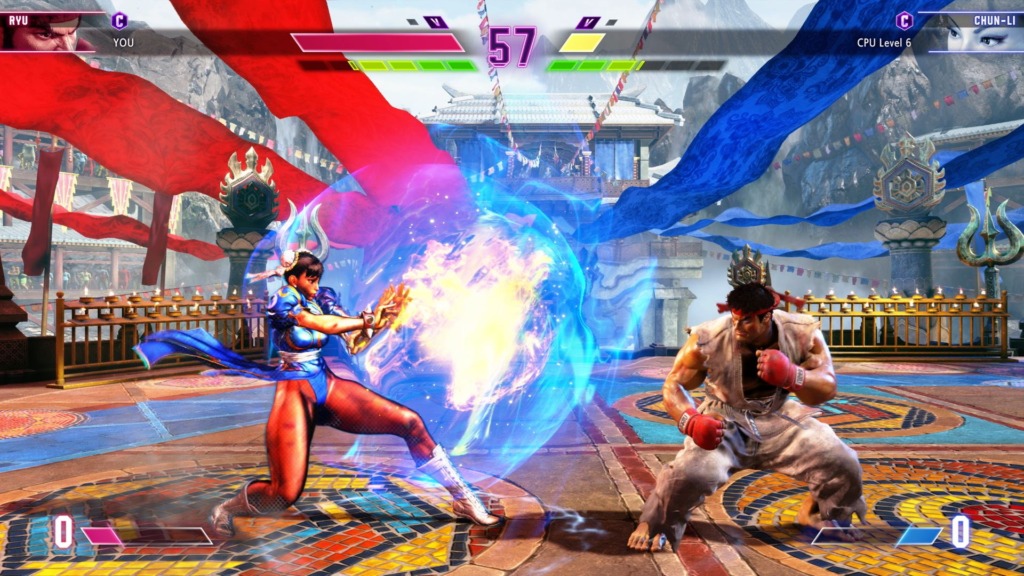
The Modern control scheme consists of Light, Medium, Heavy, and Special attacks, mapped to specific buttons for your console of choice. Functionally, Capcom intends for this to be a simplification, and on a certain level it is, but in reality you still have to use all 8 buttons on the controller to properly play. The only major difference between them is that Modern both limits you and removes the need to do directional pad/ fight stick inputs to successfully perform attacks like Ryu’s hadouken. However, many people may find these directional inputs challenging and could be a big barrier to entry for newer players. But while the removal of complicated d-pad controls made it easier, the other button commands didn’t really make the game easier on their own merits, just different. So from an accessibility standpoint, Capcom added a sort of “assist” button; hold L1 then press a main face button to perform different actions. Super moves and grabs are easier to do, which is nice for learning players.
If you have trouble doing directional inputs with classic controls, you’ll enjoy the Modern controls, as it is targeted towards newer players. Returning veterans may want to avoid this, as overall you’ll be at a disadvantage due to the lack of attack types and combos you can do.
There is a third control scheme, Dynamic, that is basically “little kid mode”. It’s AI assisted; you can control your character left to right, but if you hit any button the game will perform a contextual attack that makes the most sense given the situation. Not recommended, but good for parties or messing around.
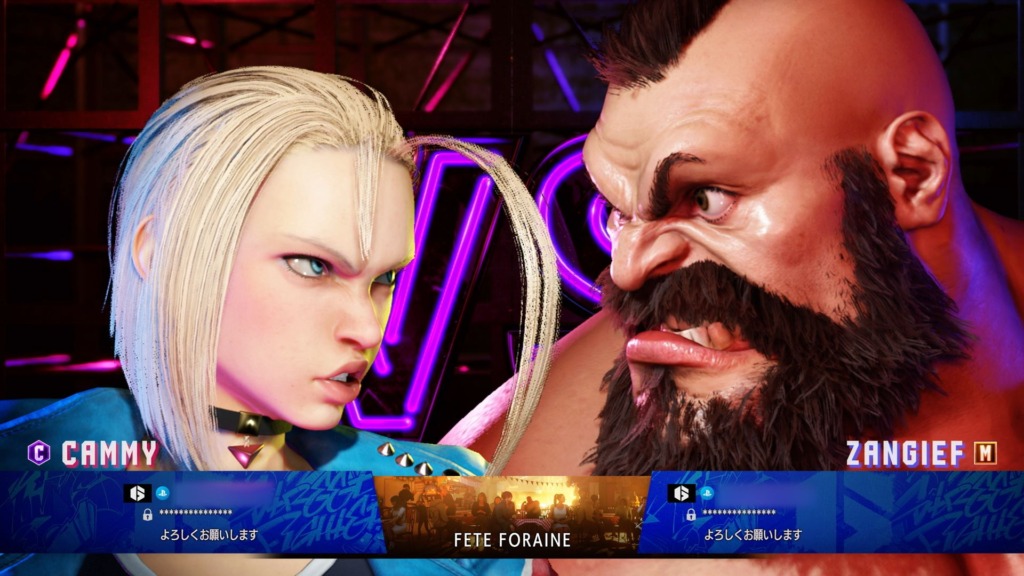
Performance-wise, fighting online was smooth as butter. Street Fighter 6 sports a newer netcode that, as far as we can tell, worked quite well. It didn’t feel like we were getting screwed over by the netcode. Without getting too much into the technical weeds, rollback netcode makes for a smooth online fighting game experience. For more information, check out this article on Street Fighter 6‘s rollback netcode.
World Tour
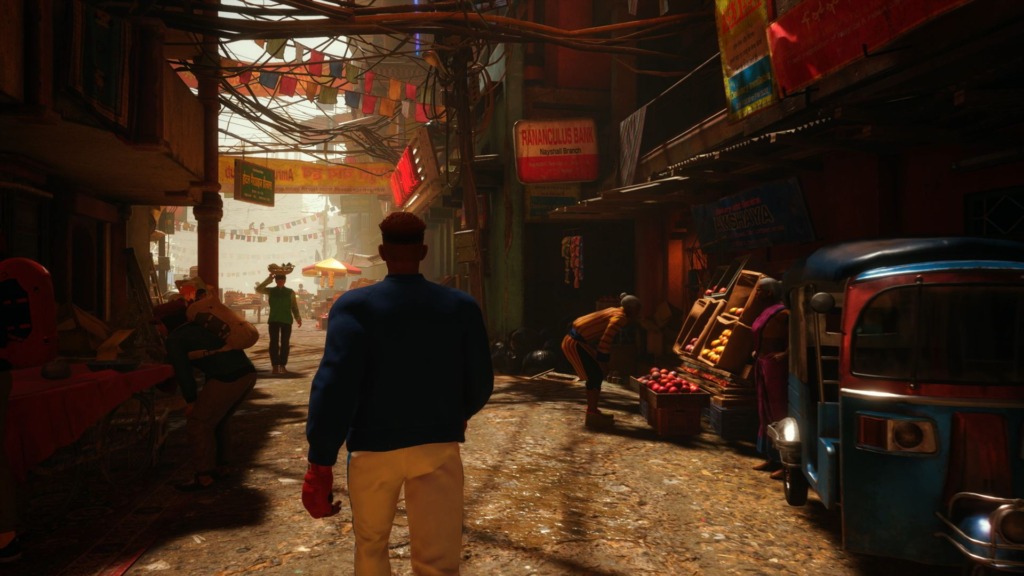
World Tour is Street Fighter 6‘s primary single-player experience. In this new open-world mode with RPG elements, players will create an avatar and explore Metro City, the same location from the Final Fight franchise. From there, you’ll eventually move onto other locations around the world as you progress through the story and be mentored by classic Street Fighter characters to learn their styles and customize your moveset.
The story starts out with your avatar training at Luke’s gym, where you’ll learn the basics about the world and how to navigate. You’ll explore, climb, and street fight your way to the top. You can challenge virtually any NPC, but be warned; if you challenge someone at a higher level than you, you’re in for quite the fight. I was level 5 and took on a level 12 street thug and got my butt thoroughly handed to me. You’ll level up by completing objectives, missions, mini-games and street fights, and can earn consumable items that will heal you, permanently upgrade your stats, or give you timed buffs. The Modern controls are default for World Tour, and as you probably guessed, figuring how and where to change to Classic was difficult.
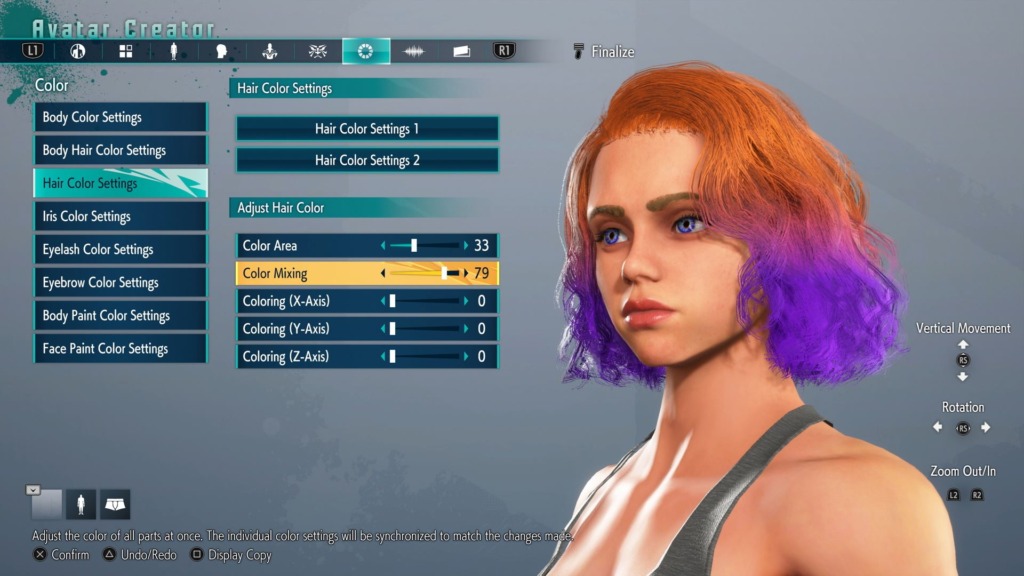
Capcom recommends playing through World Tour in Performance mode, but even then the visuals left a lot to be desired. Throughout my time with it I experienced significant frame drops, pop-ins, and rough screen tearing. Luckily, these issues were nowhere to be seen in the game’s other modes. Another day-one patch hopeful for those interested.
World Tour is both an homage to Final Fight and a half-baked bastardization of it. It feels like a tacked-on mode for bullet points rather than a genuine selling point. We’d never encourage a non-fighting game fan to play Street Fighter 6 for that mode by itself, let alone a more dedicated fighting game fan; it feels more like a failed experiment than an innovation.
Everything Else
Aside from World Tour’s choppy performance, the rest of the game runs like a dream. Top that with the game’s highly stylized art design, fluid character movement, vibrant colors, and you have beautiful next-gen eye candy. Performing a fully-metered Super Art special attack is quite the spectacle, and is all the more satisfying if you actually land one. The music really brings together the overall tone, and I often found myself leaving the main menu on while doing chores around the house.
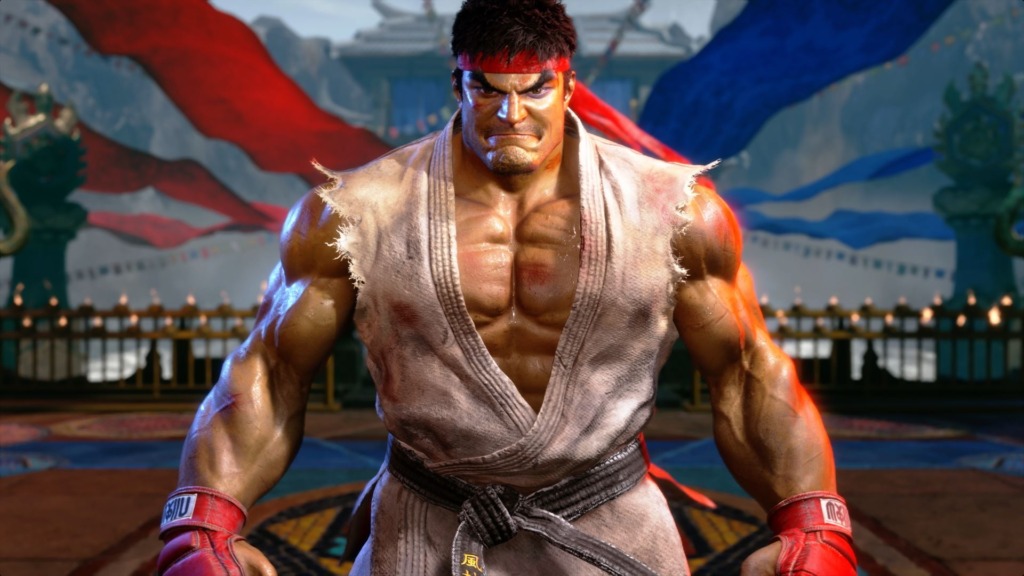
Street Fighter 6 is significantly more fast-paced and aggressive than previous entries and sports the new Drive gauge mechanic, leaving much room for varied playstyles that truly make it more skill-based.
The game launches with 18 characters; the original 8 World Warriors, 4 returning fan-favorites, and 6 newcomers – Lily, Jamie, Kimberly, Manon, Marisa, and JP. From our experience playing online, Manon seems to be an absolute powerhouse. There will also be a Character Pass consisting of 4 DLC fighters, including Rashid, A.K.I., Ed, and Akuma, releasing periodically until Spring 2024. The game will also support microtransactions for in-game currency and cosmetic items; no pay to win here, thankfully. However, this is still a modern online game, so bear in mind that this is a live service game, but players can also get the traditional arcade-style game they’re looking for at no extra cost.
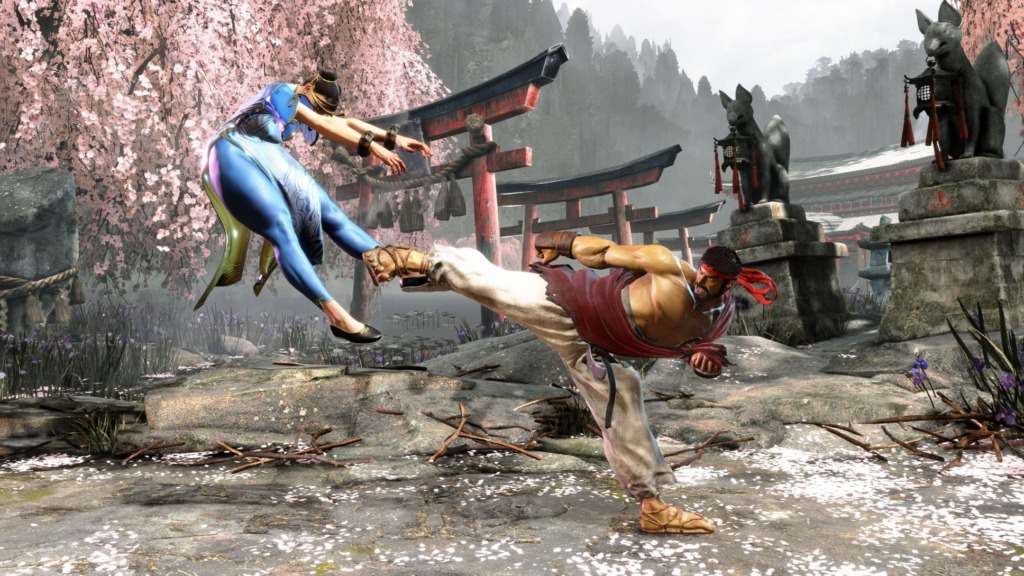
Verdict
Street Fighter 6 is a strong, powerhouse entry into Capcom’s legendary fighting franchise. It’s great for returning veteran players, but there is a slightly high barrier to entry for curious newcomers. The addition of the Modern control scheme is enticing, albeit a bit of a trap that will leave you at a disadvantage in the long run. The visuals and art style are the best the series has seen (except for World Tour’s awful performance), and the higher-octane, aggressive combat is a good step forward from Street Fighter V. Online functionality ran well pre-launch and will surely continue to do so post launch, just be weary of the game’s cluttered and hard to navigate user interface.
Street Fighter 6 will be available June 2 on PS4, PS5, Xbox Series S/ X, and PC.
Reviewed on PS5. Review codes and images provided by Capcom.
Check out Temple of Geek’s other game reviews!

